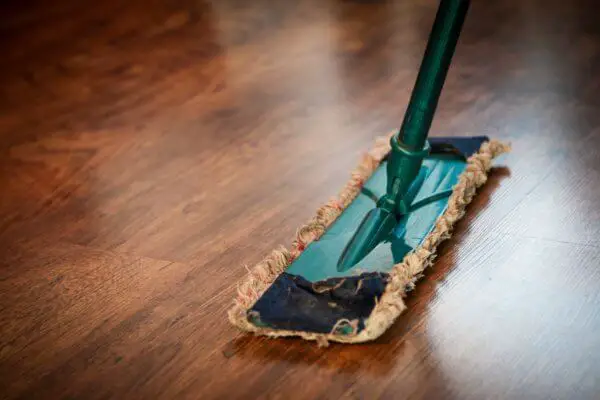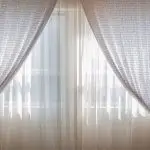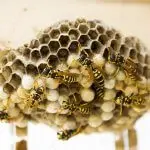 The old lap or wood siding is starting to show its age. As a home owner, you decide to go the low maintenance route of installing vinyl siding. You stand back and admire your new siding and pat yourself on the back for your great wisdom in using it for a new covering for your old house. For a year or so, you feel liberated from the cycle of repairing and repainting. All is well until you go for a walk around the your house see the green, brown, and black of mildew starting to form on your home’s exterior.
The old lap or wood siding is starting to show its age. As a home owner, you decide to go the low maintenance route of installing vinyl siding. You stand back and admire your new siding and pat yourself on the back for your great wisdom in using it for a new covering for your old house. For a year or so, you feel liberated from the cycle of repairing and repainting. All is well until you go for a walk around the your house see the green, brown, and black of mildew starting to form on your home’s exterior.
Mildew has to be scrubbed from the vinyl siding.
People with vinyl siding who want to keep it looking new and shiny find it is necessary to scrub their house regularly. The scrubbing has to be accomplished every six months to two years depending on your climate and the orientation of your residence to the sun. The mildew can be bleached and removed. Some people use a combination of vinegar and water to get rid of it. Probably the easiest way to remove mildew from vinyl siding if you do not let it get too bad is to use a power washer. Almost any type of good scrubbing will restore your siding.
Keeping vinyl siding from acquiring the mildew in the first place is a challenging task.
All vinyl siding will eventually mildew unless it is exposed to nearly full sunlight. Since every house will have some portion of it that is shielded from all or most of the sun. Mildew may begin to grow in the shaded areas. If the moisture content is high in the soil with high humidity, the conditions for more rapid mildew grow is enhanced. The minute pours in the siding make excellent breeding places for mould and mildew spores.
Mildew can be reduced by lowering the amount of moisture that can access the siding.
The moisture in the soil can be reduced by changing the composition of the soil and installing drain tile underground. You can remove the topsoil and dig out enough soil to give adequate depth to install the drains and cover them with a mixture of sand and gravel. Once a good drain field is established, the topsoil can be replaced if you desire your lawn to cover the area. An alternative to this is to install sidewalks and patios to shunt the water away from your house.
Plants need to be removed or relocated from areas that are especially susceptible to growing mildew.
Shrubs and other ornamental plants help transfer moisture and other items to the siding to increase mildew growth. They also shade the siding and keep sunlight from keeping the mildew at bay. Since this may not be practical if the plants happen to be well established expensive trees, you may have to rely on keeping the guttering in good condition and clean, ground drains, and other ways to keep your siding free of moisture and dirt.
Use some cleaner with mildew resistant chemicals included.
No product is completely effective. However, some have been used with some success. You may need to talk to the people at your local home center about the specific product that works best in your area. Using a vinegar mixture as a final rinse after a power washing can be as good as many commercial products to ward off mildew for a while. Do not expect perfect results from any technique or product.
 Guides4Homeowners Useful Information & Guides
Guides4Homeowners Useful Information & Guides







